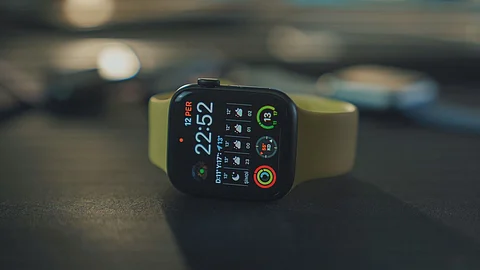Atrial fibrillation is the most common type of heart arrhythmia, and undiagnosed AF is the leading cause of stroke. Studies have shown that population-based screening for AF could result in earlier initiation of oral anticoagulation therapy to prevent AF-related stroke, though current health system guidelines conflict.
Cardiology societies in Europe and Australia/New Zealand, for example, recommend screening using pulse palpation or ECG rhythm strips (both typically conducted in physician offices) for individuals aged 65 and over, while the United States Preventive Services Task Force has concluded there is insufficient evidence to recommend AF screening using ECG.
At a time when more and more consumers are adopting wearable devices, MGH researchers tested eight screening strategies – six using wrist-worn wearables and two employing pulse palpation and ECG.
The six included devices using two types of technology: photoplethysmography (PPG), that is, non-invasive use of a light source at the wrist to measure changes in blood volume as an indicator of the pulse, and ECG, composed of single-lead wearables that use sensors attached to the skin to detect the electrical activity of the heart (the two technologies are often available on the same device, such as the latest iterations of Apple Watch and Fitbit).


